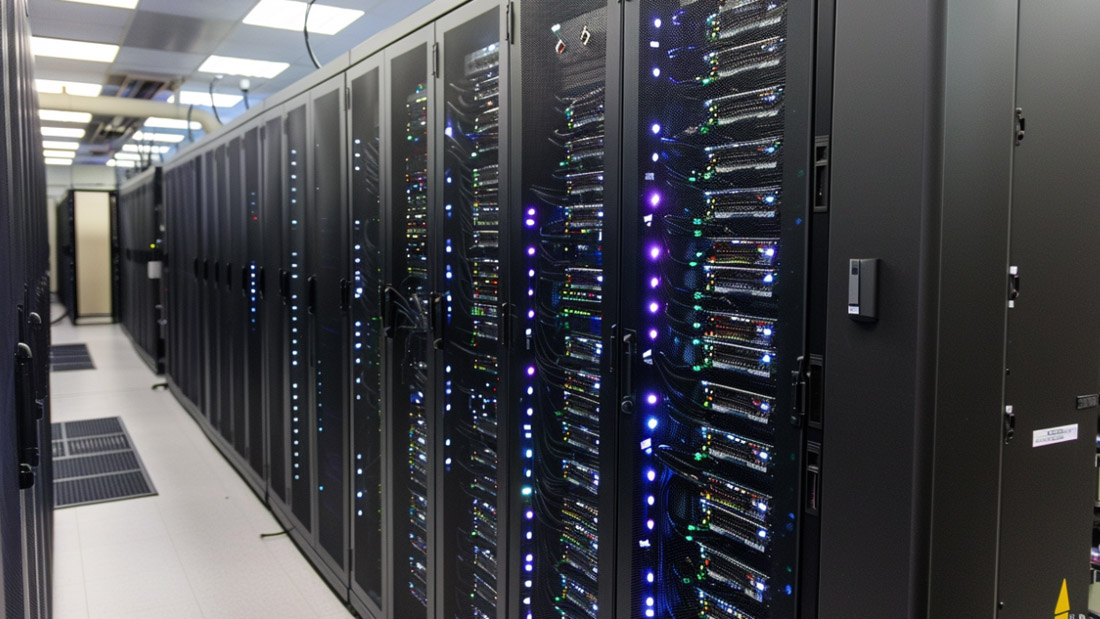In-house IT vs. Managed IT Services: Which is Best for Your Business?
March 29, 2023
Go back to "News & Updates"

As businesses become increasingly reliant on technology, the demand for efficient and reliable IT services has grown significantly. In today’s highly competitive business environment, companies are faced with a critical decision: should they manage their IT infrastructure in-house or outsource it to a managed IT services provider? In this blog post, we will explore the pros and cons of both approaches, and help you determine which option is best suited for your business.
In-house IT
Pros:
- Complete control: With an in-house IT department, your organization has full control over its IT infrastructure, including hardware, software, and security. This enables you to tailor your IT solutions to meet the specific needs of your business.
- Faster response times: An in-house IT team can often provide quicker response times to technical issues as they are already on-site and familiar with your company’s systems.
- Enhanced collaboration: When your IT team is in-house, they can collaborate more effectively with other departments, ensuring smoother communication and streamlined processes.
Cons:
- High costs: Establishing and maintaining an in-house IT department can be expensive, with costs including salaries, benefits, training, and office space.
- Limited expertise: Smaller businesses might struggle to attract and retain top IT talent, which could result in a less effective IT department.
- Difficulty scaling: As your business grows, your in-house IT team may struggle to keep up with the increasing demands, leading to slower response times and reduced efficiency.
Managed IT Services
Pros:
- Cost savings: Outsourcing your IT needs to a managed service provider (MSP) can result in significant cost savings, as you only pay for the services you need. This eliminates the need for in-house staff and associated expenses.
- Access to expertise: MSPs typically have a team of experienced IT professionals who can provide specialized knowledge and expertise in various areas, ensuring that your business has access to the latest technology and best practices.
- Scalability: Managed IT services are designed to scale with your business, making it easier to adapt to changing demands and accommodate growth.
- 24/7 support: Many MSPs offer round-the-clock support, ensuring that your business receives prompt assistance whenever it is needed.
Cons:
- Less control: When you outsource your IT needs, you relinquish some control over your IT infrastructure, which can be a concern for businesses that require a high level of customization.
- Potential communication issues: Working with an external provider may lead to communication challenges, particularly if the provider is located in a different time zone or has limited availability.
- Security concerns: Entrusting sensitive data to a third party can raise security concerns, so it is crucial to carefully vet any potential MSP and ensure they have stringent security measures in place.
Conclusion
Choosing between in-house IT and managed IT services ultimately depends on your business’s unique needs, budget, and growth plans. If your organization requires complete control and direct collaboration with IT staff, an in-house IT department may be the best option. However, if you are looking for cost savings, scalability, and access to a wider range of expertise, managed IT services could be the right choice.
Before making a decision, it is essential to carefully consider the specific needs and goals of your business and assess the pros and cons of each option. Regardless of which path you choose, investing in the right IT support can contribute to your organization’s long-term success.











